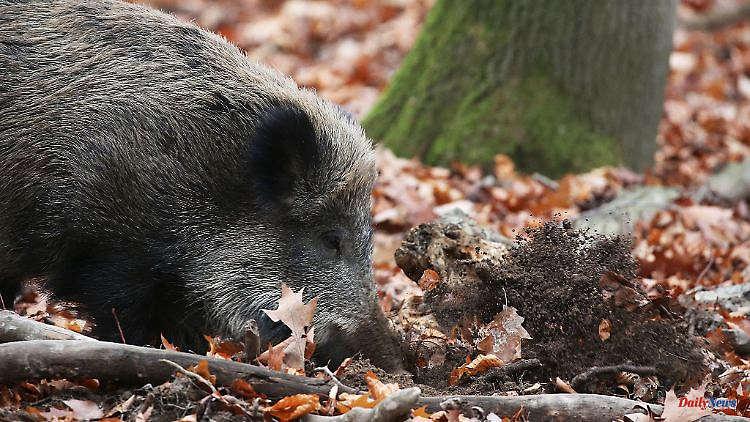Dresden (dpa / sn) - Saxony seals itself off even more from African swine fever (ASF). As the Ministry of Social Affairs announced in Dresden on Friday, the barriers to the spread of the animal disease will be strengthened with the last construction phase on the Polish border. "This means that the entire route from the state border of Saxony to Brandenburg in the north to the border with the Czech Republic in the south is closed with a double fence."
"The closure of the protective corridor along the Polish border is intended on the one hand to prevent wild boars infected with the ASF virus from continuing to come to Saxony via the Neisse. On the other hand, the wild boar-free zone is intended to stop the virus from spreading," explained State Secretary Sebastian Vogel. With the completion of further corridors to Brandenburg and in the west, the spread can be limited and ASF can be eradicated locally.
"We know that combating this animal disease takes a long time. But we are optimistic, since summer 2022 we have been able to limit ASF to the area of the existing infected areas," emphasized the State Secretary.
African swine fever is a viral infection that only affects wild boar and domestic pigs. It is almost always fatal and incurable. ASF is not contagious to humans or other animal species. So far there is no vaccination for pigs as a preventive protection. The disease can be transmitted directly from animal to animal or indirectly via contaminated objects such as clothing, shoes, vehicles or feed.
In September 2020, the first case of ASF in a wild boar in Germany was confirmed in Brandenburg. Since then there has been evidence in Brandenburg, Saxony and Mecklenburg-Western Pomerania. There are currently 1,962 ASF cases in Saxony. Cases have been detected in domestic pig populations in Baden-Württemberg, Lower Saxony, Brandenburg and Mecklenburg-Western Pomerania.












